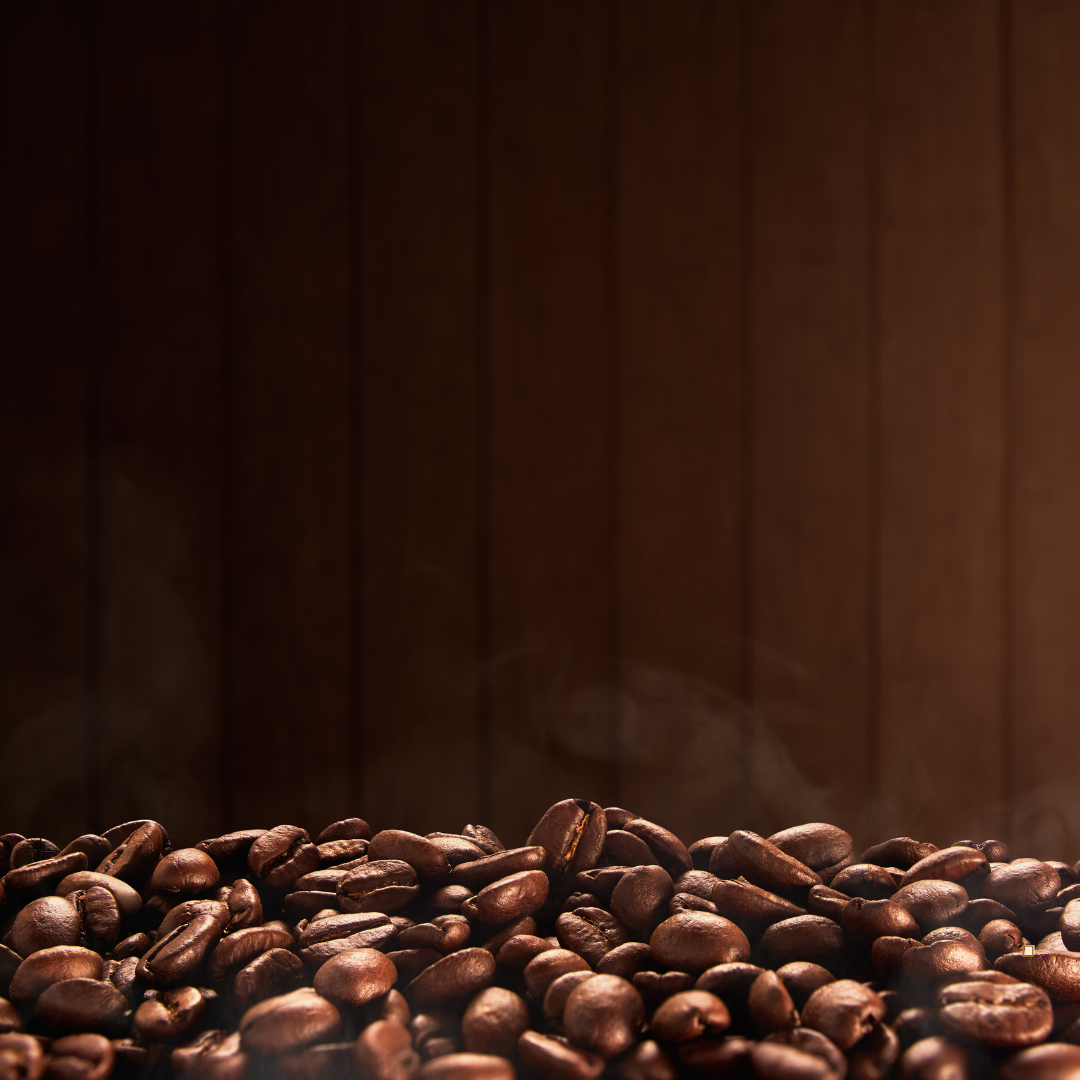
Which Highlights Mexican Chiapas Coffee Better: French Press vs. Pour-Over?
For home coffee brewers who appreciate bold, flavorful beans from the Americas, Mexican Chiapas coffee often becomes a standout choice. The region’s mountainous terrain and fertile soils produce a cup that’s both robust and intricately layered, leaving enthusiasts to wonder how best to brew it for maximum flavor. While there’s no single “right” way to enjoy these beans, two popular methods—the French press and the pour-over—have distinct strengths that can affect everything from body to brightness. Let's compare these two brewing techniques to see which might suit your taste preferences when working with Chiapas beans.
The Bold Character of Chiapas
When it comes to exploring the essence of Mexican Chiapas coffee, it helps to understand a bit about the region itself. Located in southern Mexico, this high-altitude area benefits from cooler temperatures and nutrient-rich volcanic soils. These conditions, combined with small-scale, often family-run farms, result in beans known for their gentle acidity, slight nuttiness, and sometimes even a hint of fruit. The overall profile is well-rounded and comforting, making it a favorite among those who enjoy a full-bodied sip without overly aggressive acidity.
From a roaster’s perspective, these beans are adaptable enough to shine in various roast levels—though medium roasts are common, highlighting balanced sweetness and mild acidity. For home brewers looking to capture this harmony, the choice of brew method can significantly emphasize certain aspects of the coffee’s flavor. Let’s see how French press and pour-over each treat these beans.
Why Pour-Over Appeals to Brightness
If you’re curious about how Mexican Chiapas coffee behaves in a pour-over method, think of clarity and nuance. Pour-over brewing uses a paper or metal filter to separate the grounds from the final cup, resulting in a cleaner taste and a lighter body. As you slowly pour hot water over the grounds in a circular motion, you control extraction by adjusting water flow and brew time. This method typically highlights brighter notes and subtle complexities—like floral undertones or a gentle citrus hint—without overshadowing any sweetness.
For those who appreciate a more delicate, tea-like finish, the pour-over can be an excellent choice. By adjusting your grind size and pouring technique, you can bring out more fruitiness or enhance the lightly sweet undertones that define Chiapas beans. However, because pour-over leans toward clarity, some coffee drinkers might miss the heavier mouthfeel that a French press offers. If you’re drawn to nuance and want to explore each layer of flavor in your cup, though, pour-over is worth a try.
Why French Press Wins for Boldness
If you’re wondering how Mexican Chiapas coffee might fare in a French press, consider how immersion brewing can boost your coffee’s richness. In this method, coarsely ground beans steep in hot water for several minutes, allowing oils and fine particles to remain in the cup. This process yields a fuller body and a slightly thicker mouthfeel than pour-over, making it a favorite for those who crave a comforting, robust experience.
Chiapas beans, with their mild acidity and balanced sweetness, adapt well to this immersion style. The extended contact time often amplifies the coffee’s nutty or chocolatey notes, resulting in a smooth, cozy cup that many find addictive. One downside is that the paper-free filtering can let some sediment sneak through, but if you’re okay with a bit of grit, the payoff is a deeply satisfying drink. Fine-tuning your steep time—usually four minutes for a standard French press—can help you avoid over-extraction and any resulting bitterness.
Navigating Flavor Trade-Offs
When deciding between the two methods, it often comes down to your preferred taste profile. If you enjoy a crisp, bright finish and like to pick out delicate flavor hints, pour-over might be your match. On the other hand, if you prefer a heavier body and a rounded sweetness, a French press will likely be more rewarding. Chiapas beans are versatile, so they adapt gracefully to either style without losing their core qualities of smoothness and gentle acidity.
Experimentation is the name of the game here. You might find that adjusting the grind or brew ratio in a pour-over can deliver a richer mouthfeel than you’d expect. Alternatively, using a slightly shorter steep time in a French press can yield more clarity than the standard four-minute mark. Because each method offers a different window into the coffee’s personality, exploring both can be a fun way to deepen your appreciation for these beans from southern Mexico.
Other Variables to Consider
Beyond the brewing apparatus, factors like water quality, roast level, and even bean freshness shape your final cup. If your local tap water is heavily chlorinated or mineral-heavy, filtered water can make a big difference in revealing subtle notes. For roast levels, a medium roast might highlight the balanced sweetness that Chiapas beans are famous for, while a lighter roast could emphasize their mild acidity. If you enjoy a classic “comfort coffee,” medium or medium-dark is often a good starting point.
Maintaining consistency in your brew ratio—often around 1:15 or 1:16 coffee to water—can help you pinpoint which method truly resonates with your palate. If you alter too many variables at once, it’s tough to know whether it was the brew method or the grind size that changed your coffee’s flavor. Taking small, methodical steps with each cup helps you zero in on the perfect routine for your personal preference.
Pairings and Serving Suggestions
Whether you choose French press or pour-over, Chiapas beans are easy to pair with various breakfast or brunch items. Their smooth sweetness complements pastries like croissants or fruit tarts, while their mild acidity makes them an excellent match for savory dishes like omelets or quiches. If you love adding cream or sugar, both methods provide a solid canvas—the pour-over’s clarity can balance sweetness, while the French press’s body can hold up to cream without tasting diluted.
Should you decide on a bolder approach, the French press can bring out the coffee’s chocolate undertones, pairing especially well with desserts like chocolate cake or brownies. Meanwhile, a bright, fruit-forward pour-over might be ideal alongside a fresh fruit salad or a citrusy pastry. In any case, Chiapas beans’ forgiving, versatile nature makes them a crowd-pleaser, no matter the meal.
Making the Most of Mexican Chiapas Coffee
When you're ready to fully embrace the unique character of Mexican Chiapas coffee, Frontier Coffee Roasters has everything you need to perfect your brew. Our carefully curated selection features beans chosen to highlight the smooth, balanced flavors that are the hallmark of Chiapas. By roasting our beans in small batches, we lock in peak freshness, and our premium coffee—sourced from trusted importers—ensures a consistently high-quality cup. With fast delivery at your fingertips, you can experiment with various brewing methods, from French press to pour-over, and discover the perfect way to savor every sip. Elevate your coffee ritual with Mexican Chiapas Coffee, and for more insights and details, visit our Frontier Roasters Coffee Hub or check out the Mexican Chiapas Coffee Hub.

